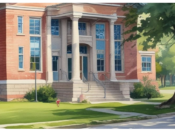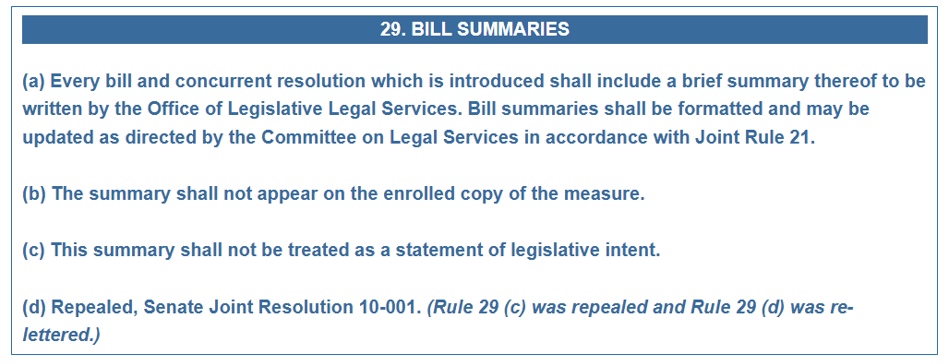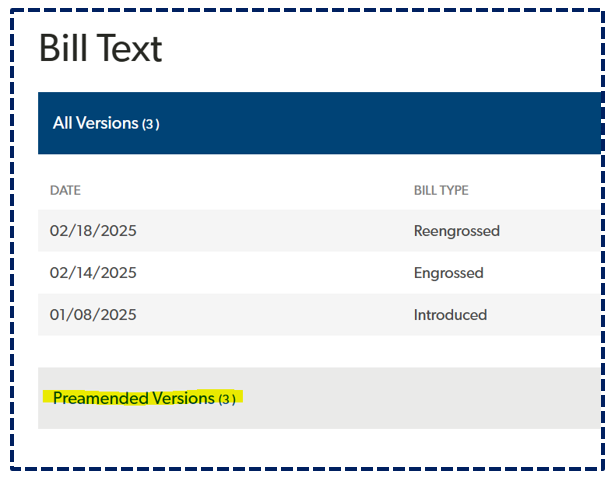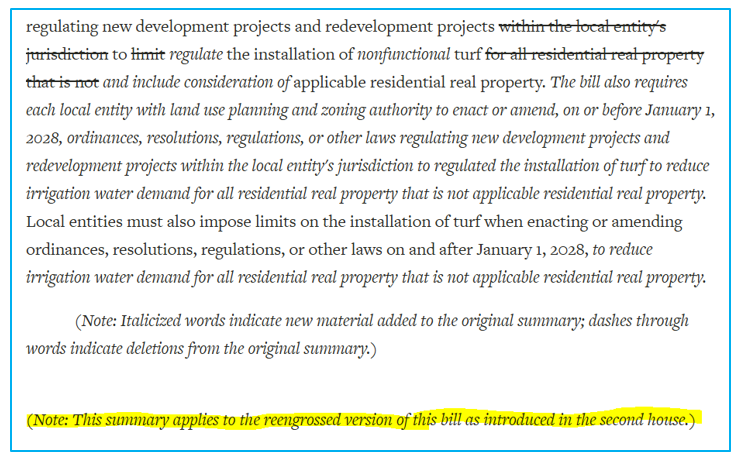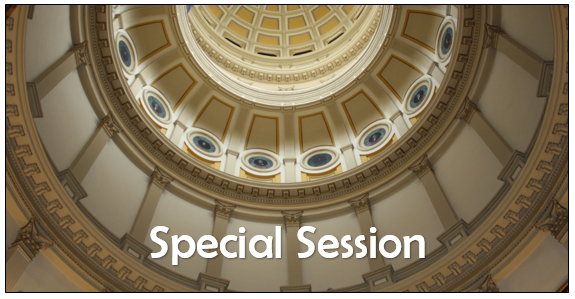
On August 6, 2025, the Governor issued Executive Order D 2025 009, calling the General Assembly into a special legislative session beginning at 10:00 a.m. on August 21, 2025. Some may be wondering what, exactly, is a special session and how does it work?
The most obvious things that are different about a special legislative session are:
- The General Assembly is in session, even though the regular, 120-day legislative session has ended, and they can remain in session as long as they choose to do so; and
- The General Assembly is limited to addressing only certain subjects while meeting in special session.
Governor’s Authority: Article IV, section 9 of the Colorado Constitution authorizes the Governor to convene the General Assembly “on extraordinary occasions” by a proclamation, known as “the call,” that specifies the purposes for which the General Assembly is to convene. The only business the General Assembly may transact during the special session is the business the Governor specifically identifies in the call. The Governor decides what is an extraordinary occasion and sets the agenda of issues that the General Assembly may consider. The Governor’s call also sets the date and time at which the special session must begin.
The aforementioned Executive Order is the Governor’s call, directing the General Assembly to convene the First Extraordinary Session of the Seventy-fifth General Assembly on Thursday, August 21, 2025. The call lists specific subjects for consideration, appropriate legislative action, and funding under the headings of fiscal, health care, food security, and artificial intelligence.
Agenda Items: The Governor sets the agenda items, but the Colorado Supreme Court has held that the governor cannot prescribe the specific form of legislation. The Governor cannot describe the agenda items so narrowly that the General Assembly is forced, in the words of the Court,[1] “to do the bidding of the governor, or not act at all.” The General Assembly decides whether to enact legislation to address the agenda items and, if enacted, how the legislation will address the agenda items.
The question of whether a bill or resolution fits within the agenda items is a substantive, not a procedural, question and cannot be decided by a ruling of the chair of a committee or by a ruling of the President of the Senate or the Speaker of the House of Representatives. Similar to deciding whether a bill is constitutional, the Senate and the House decide whether a bill fits within the agenda items when they vote on the bill or resolution.
Timing: Although the General Assembly must convene on the date and time specified in the call, the General Assembly decides how long the session will last. The Governor may not set a date by which the General Assembly must adjourn.
General Assembly’s Authority: During a special session, the General Assembly retains its full plenary authority,[2] other than being limited to the agenda items listed in the call. The General Assembly may convene and, after establishing the presence of a quorum, immediately adjourn. The General Assembly may consider but refuse to pass any legislation during a special session, or it may pass one or more bills that address one or more of the agenda items in the Governor’s call. The Governor has no authority to either force the General Assembly to stay in session or force the General Assembly to adjourn.
Rules and Procedure: Although the agenda is limited, a special session operates under the same constitutional requirements and legislative rules, other than the deadline schedule, that apply during a regular session:
- Each bill must have a single subject;
- Each introduced bill must be assigned to a committee and receive consideration and a vote on the merits; and
- The vote on second reading and the vote on third reading must occur on different calendar days, so it still takes at least three days to pass a bill.
All of the legislative rules with regard to committees and the operations of the Senate and the House that apply in a regular legislative session also apply in a special legislation session. In addition, the General Assembly may set specific parameters for preparing and organizing a special session.
If you have additional questions about how the General Assembly operates during a special session, please consult this special session FAQ memo available on the Office of Legislative Legal Services website.
[1] Empire Savings, Building and Loan Association v. Otero Savings and Loan Association, 640 P2d 1151, (1982 Colo.).
[2] LegiSource Article “Plenary Power – How Far Can The General Assembly Go?“






